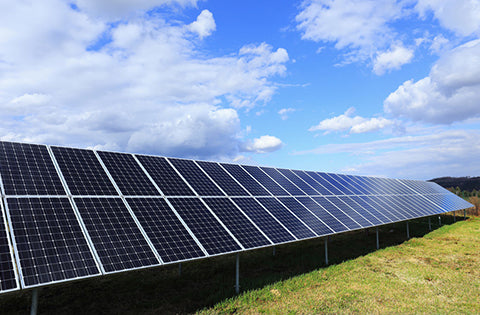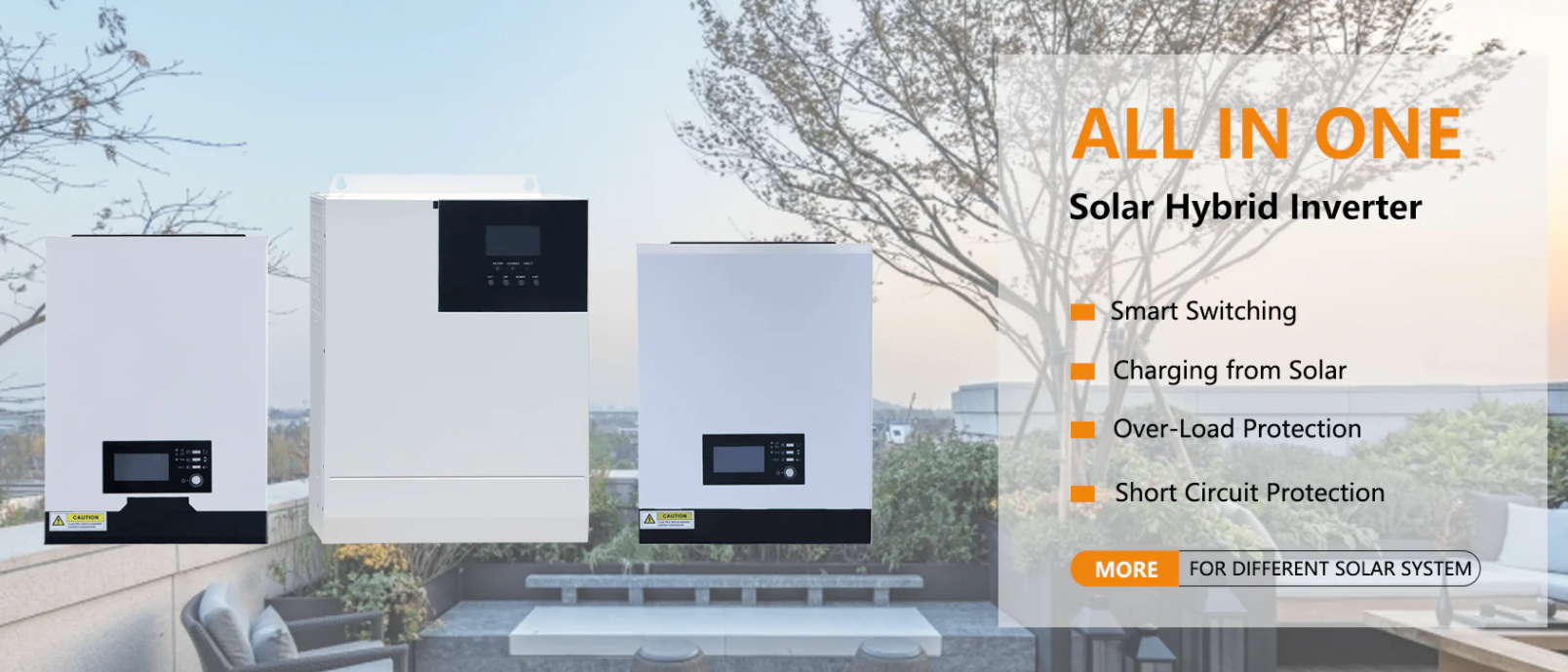Did you know that the U.S. Department of Agriculture (USDA) offers financial assistance to fund photovoltaic energy projects on your farm or ranch? Solar panels can increase your operation’s profitability and you may even be eligible for funding from government grant programs for solar panels. One of those grants called the Rural Energy for America Program (REAP).
At FarmRaise, we’re passionate about keeping farms financial solvent. If you’re looking for other ways to generate income check out our guide to maximizing your farm’s capabilities with side hustles.
In this post, our we’ll cover:
- Why solar energy may be a good fit for your farmers and ranchers
- Types of solar panel ownership
- Tips and funding opportunities for solar projects on your farm
But first, what’s this about “photovoltaic” initiatives? A photovoltaic system (PV system) is a more scientific word for the typical solar panel (or PV module) system we think of when we say “solar energy.”

Benefits of Solar Energy for Agricultural Producers
The USDA wants to incentivize farmers to make the upgrade toward more renewable energy systems. That’s apparent by their investment in sustainability climate smart agriculture projects. But aside from government incentives, which we’ll talk about throughout this article, there are a lot of benefits for rethinking your energy use.
Solar panels can reduce your electric bill and reliance on nonrenewable energy. You can use the energy produced by your solar system in the place of electricity from the grid, and any surplus energy can be sole through solar energy programs.
There’s more you can do with solar panels that generate energy. Ever heard of agrovoltaics? It basically means using your land for both solar panels and for agricultural purposes. Here’s an example: Once you install your panels, you can plant shade crops under them. And studies have shown that it’s an effective way to address drought and water loss since solar panels can reduce the amount of evaporation of your irrigation water.
Tax Credits for Solar Installation
Every year the government decides how much tax credit you might receive for installing solar panels on your commercial farm or ranch. If your farm isn’t a commercial farm (growing at your home for your own sustenance with less than $1,000 per year in sales) then you’ll need to take a look at homeowner’s tax credits.
For commercial farmers and ranchers, you may be eligible for a tax credit on your federal corporate income taxes of 30% of the installation costs. But it’s important to note that you only get that credit for the year you install the PV system. However, you can still write off the cost of depreciation after your installation year.
How to Get Started with Solar Panels on Your Farm
Now that you know how solar might have a positive impact your farm finances, you can start considering how you might go about your clean energy journey. Here’s something to consider, though. You may be reducing your energy costs, but solar panels can be a significant financial investment initially. So how can a rural small business get financial assistance to make the switch possible?
Types of Solar Farming
Vertical
Vertical solar panel installation is one of the newest advents in agrivoltaic farming. Installing the solar panels vertically saves space so it may be a great option for smaller farms or farmers with little farmland available. Vertical solar farming can even save water lost to evaporation and is simpler to install because you don’t need to build elevated platforms to mount your panels on. Usually, solar panels need to be installed facing south but since vertical soar panels are two-sided they can faced in just about any direction and still be efficient.
Space efficiency: High
Energy output: High
Installation difficulty: Moderate
Cost: High
Growing Crops Under Panels and Raising Livestock
Vertical paneling isn’t the only way to maximize your farmland. Growing crops under solar panels is a great way to take advantage of the shade provided by conventional solar panels. This is especially advantageous for farmers who grow salad greens, raspberries, mint and other shade-tolerant produce. Growing crops under panels also helps reduce water use and may increase your yield.
Using land under and around solar panels for grazing is called “solar pasture.” While this may seem simple there are a few considerations to keep in mind. You’ll need to be strategic about what forage mixes can both grow around your panels and nourish your livestock. You should also install your panels in a livestock-friendly way. Got sheep? Make sure any emergency shutdown buttons on the panels mounts are not reachable. Cattle? If your bovine tend to stamped make sure your panels are installed high enough so they don’t knock down and stomp on them.
Space efficiency: High
Energy output: Moderate
Installation difficulty: Moderate
Cost: Moderate
Growing Row Crops
Similar to growing crops under solar panels, growing row crops is both possible and beneficial for your operation. When growing row crops, you can install your solar panels in a rows as well. The lower to the ground, the more shade your panel will provide to your crops. If you need full sun to grow your watermelon, corn or tomatoes, consider installing your panels on a higher mount.
Space efficiency: Moderate
Energy output: Moderate
Installation difficulty: Easy
Cost: Low
Greenhouse, Barn or Residence
Much like conventional solar paneling for homes, you can take advantage of extra roof space by installing solar panels on the roof your greenhouse, barn or residence. The energy must be used for agricultural business purposes to qualify for REAP grants.
Space efficiency: Moderate
Energy output: Moderate
Installation difficulty: Easy
Cost: Low
Solar Panel Ownership Basics
There are two ways to think about installing panels: Direct ownership or third-party ownership.
If you opt for third-party ownership, you’ll work with a solar company or group of investors to get panels installed on your land. However, the panels aren’t yours so the company or group will get the tax credits or any federal funding and you’ll also pay them for electricity produced by the solar system. Third-party ownership isn’t available in every U.S. state and island, so you’d also need to check if it’s available in your locality. The upside: you probably won’t pay a dime for installation or operation.
With direct ownership, you own the panels outright and the energy that comes from them. Even if you took out a loan to buy the panels, you’ll be able to take advantage of the tax incentives and government funding programs available to solar farmers.
But are there ways to install solar panels without needing a loan from the bank or financing from a solar company?
For more information, please click here: https://isolarparts.com
Twitter: Solarparts Instagram: Solarparts
Tumblr: Solarparts Pinterest: Solarparts
Facebook: Shenzhen Solarparts Inc
Email address: Philip@isolarparts.com



